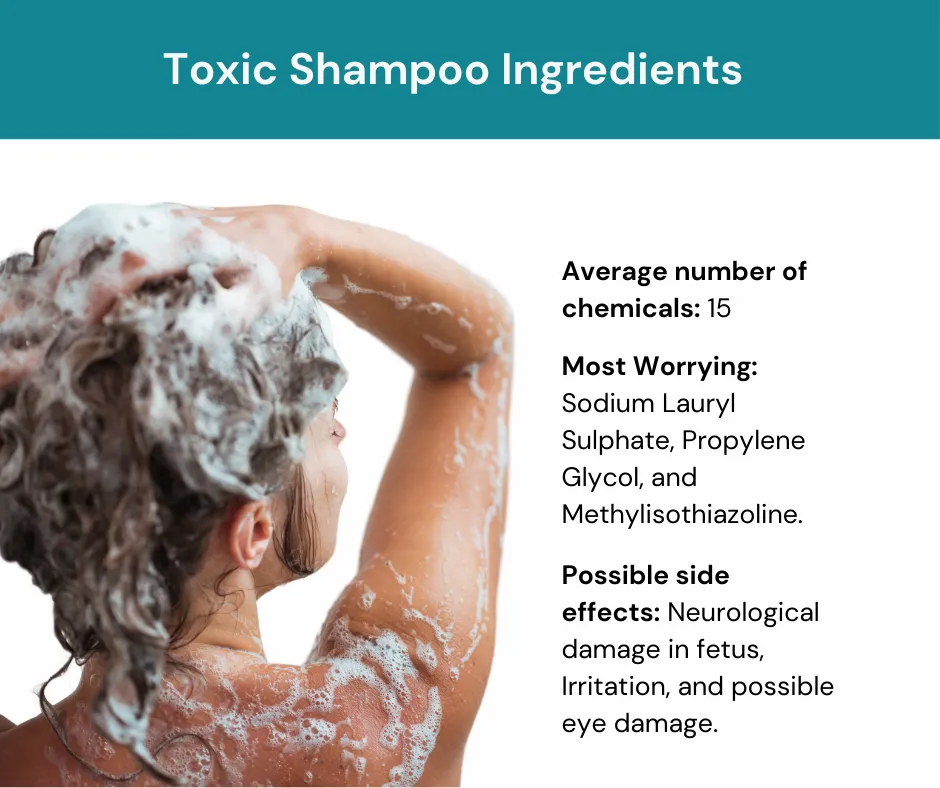
Hidden Dangers in Your Shampoo
The Hidden Dangers in Your Shampoo: What You Need to Know
When you lather up with shampoo, you expect clean hair—not a cocktail of harmful chemicals. Yet, most conventional shampoos contain 15+ synthetic ingredients, some linked to serious health risks. Let’s uncover the truth and protect your well-being.
The "Worst Offenders" in Your Bottle
Three ingredients demand urgent attention:
Sodium Lauryl Sulfate (SLS)
Why it’s used: Creates foam.
The risk: Strips natural oils, causing scalp irritation, dryness, and even hair loss. Studies suggest it may mimic estrogen, disrupting hormones.
Propylene Glycol
Why it’s used: Retains moisture.
The risk: A skin irritant linked to dermatitis and allergic reactions. Industrial-grade versions are used in antifreeze—not something you want on your scalp!.
Methylisothiazolinone (MIT)
Why it’s used: Prevents bacteria growth.
The risk: Banned in EU leave-on products due to severe allergies. Research connects it to fetal neural damage and lung toxicity.
The Alarming Side Effects
Long-term exposure may lead to:
Neurological issues (especially for pregnant women)
Chronic skin conditions (eczema, psoriasis flare-ups)
Eye damage (from accidental contact during washing)
Weakened immune response
How to Choose Safer Alternatives
Decode Labels: Avoid products listing SLS, "fragrance" (a loophole for toxins), or parabens.
Go Certified: Look for EWG Verified, USDA Organic, or COSMOS seals.
Simplify Formulas: Fewer ingredients = fewer risks. Prioritize plant-based cleansers like coco-glucoside.
DIY Solutions: Try gentle options like aloe vera gel + apple cider vinegar rinses.
Take Control of Your Health
Your scalp absorbs toxins directly into your bloodstream. Don’t gamble with your family’s safety!